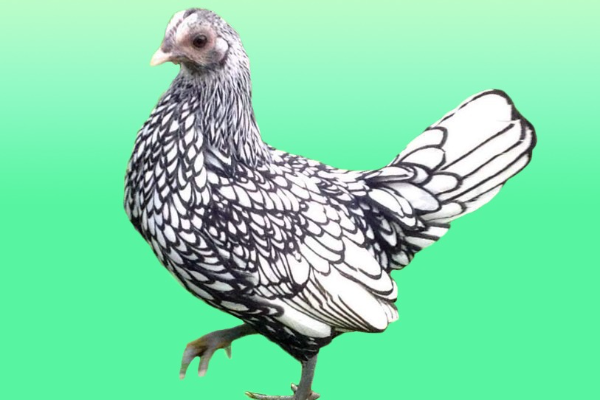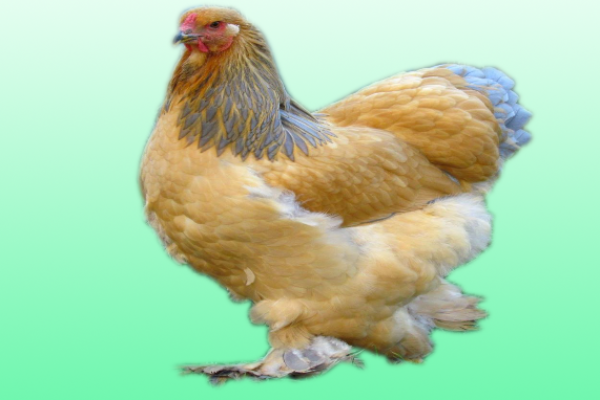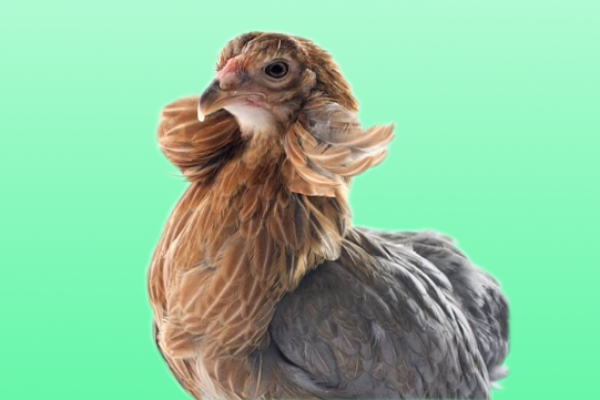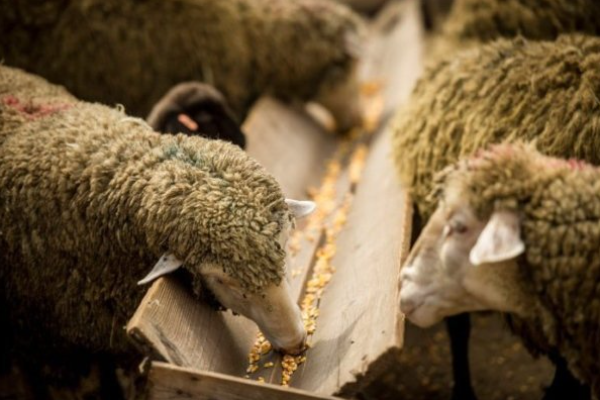Blackleg Disease
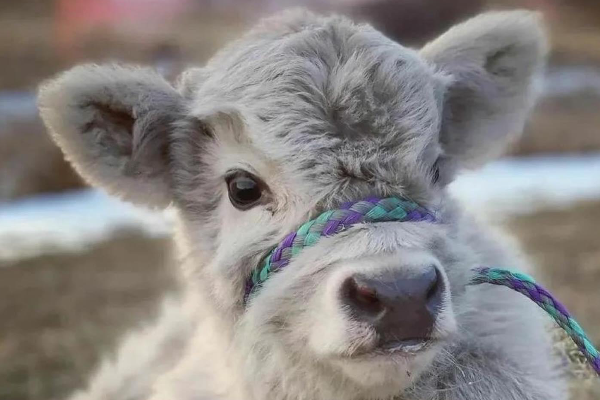
Blackleg disease is an acute fatal disease of young cattle characterised by the development of swelling in the upper muscle masses of one or more limbs. Blackleg is caused by Clostridium chaevuoei. This disease commonly occurs in Britain and throughout the world. It most frequently affects animals aged 6-24 months.
The Blackleg disease has a sporadic occurrence and in enzootic areas it may fail to occur for several years even when vaccination has been neglected.
EPIDEMIOLOGY
The condition of Blackleg disease is world wide in its distribution but tends to appear in definite areas, some of which may be localised to particular fields. The incidence in Britain can be quite high in certain areas where vaccination is not carried out. The disease most commonly occurs on permanent pastures during the summer and autumn months. It does not always require contaminated pasture and the disease can occur in housed animals. In areas where the disease has not been known to exist soil disturbances such as soil excavation or drainage can suddenly initiate outbreaks, probably by turning up, or by creating the conditions necessary for activation of latent spores. The peak age incidence would appear to be 6-24 months, but younger animals or adults can be affected. Where Blackleg occurs in adult animals it is usually in areas of high incidence. The animals affected are frequently those in good condition and on a high plane of nutrition. In untreated and unvaccinated groups of animals the mortality during an outbreak can be 10-25%.
CLINICAL SIGNS
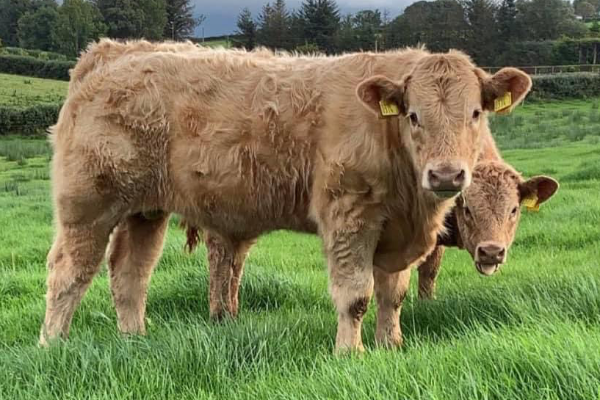
At the beginning of an outbreak animals, frequently in good condition, may be found dead or severely ill with obvious subcutaneous swellings. Affected animals are severely depressed and completely anorexic. Hot, painful swellings develop rapidly on the hindquarters, shoulders and neck, with the result that the animal becomes acutely lame. These swellings quickly become cold and painless. Later the overlying skin develops a parchment-like texture and on palpation, emphysema and crepitations can often be heard or felt. Frequently these lesions develop in the upper muscle masses of one limb only, but more than one limb may be affected. These signs are accompanied by a marked fever, an increased hearrt rate, and an increased respiratory rate. There is also a complete cessation of rumination.
Untreated, the disease is of short duration lasting only 12-36 hours and death usually occurs in less than 48 hours. Terminally the animal may collapse and exhibit muscle tremors or even convulsions. At this stage the temperature is likely to be subnormal. Treated animals which recover are often permanently lame and are culled because they are uneconomic.
PATHOGENESIS
Infection occurs by ingestion of the spores from contaminated pasture. Spores are absorbed passively through the gut wail and accumulate in the tissues where they remain dormant. Germination of resting spores occurs when the oxygen level of the tissues falls - as a result of injections, bruising, or, in fat animals, after heavy exertion resulting in muscle breakdown. The bacteria produce proteolytic enzymes and ferment carbohydrates to produce gas and acetic and butyric acids which give the lesions its characteristic appearance. Death results from the effects of bacterial toxins on the heart.
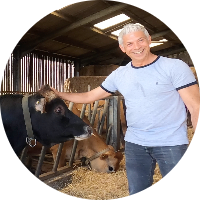
Written by
H Cetin KATIRCI
Online ShepherdBreedsMore
IllnessesMore
Forage cropsMore
![]() Патологическая физиология голодания Arina TARAN
Патологическая физиология голодания Arina TARAN![]() Дефицит фосфора (гипофосфатемия) Hipofosfatemi Arina TARAN
Дефицит фосфора (гипофосфатемия) Hipofosfatemi Arina TARAN![]() Какие бывают кормораздатчики для ферм КРС? Irina Makarova
Какие бывают кормораздатчики для ферм КРС? Irina Makarova![]() Кормушки для овец Diana Myakisheva
Кормушки для овец Diana Myakisheva![]() Питание домашних коз: что едят, виды корма и правила кормления Alina Arslantürk
Питание домашних коз: что едят, виды корма и правила кормления Alina Arslantürk![]() Важность минералов питании сельскохозяйственных животных Irina Makarova
Важность минералов питании сельскохозяйственных животных Irina Makarova




